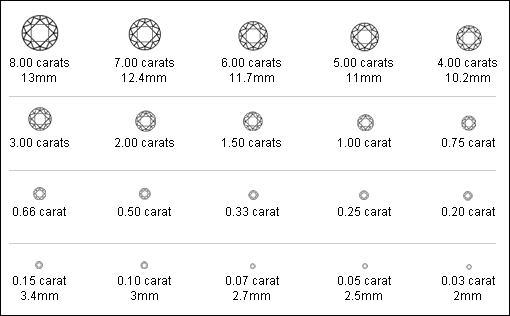Finding the Perfect Diamond
When it comes to finding the perfect diamond, there is so much more to consider than just size. In fact, to ensure you end up with a quality gem instead of an enormous piece of glass all comes down to knowing the Four Cs – Colour, Clarity, Carat and Cut. Here’s everything you need to know before you buy.
Colour
Though white-coloured diamonds are the most common and popular choice, these precious gems also come in a range of colours (known as fancies). For a white diamond to be deemed “perfect” it should be crystal clear. The less yellow or brown streaks visible, the rarer and more valuable the jewel. Grading of the diamond is governed by the GIA system which uses the categories ‘colourless’, 'near colourless’, ‘faint yellow’ and ‘yellow’.
Clarity
Don’t expect to find a “flawless” diamond - they do exist, but for a very hefty price tag! Most diamonds contain flaws (also known as inclusions) which affect the stone’s brilliance but also work to give your diamond a unique fingerprint which can be used as an identifier. To ensure the stone’s flaws don’t seriously compromise its value make sure you view your diamond under 10-power magnification.
Carat
Carat is the term of measurement used to determine a diamond’s weight and mass (not to be confused with karat that is the unit measure of purity for gold). One carat is equal to a fifth of a gram, and given that mere fractions of a diamond can add hundreds or even thousands to the final cost, diamonds are weighed using a precision scale. See below for a diamond carat, size and weight guide.
Cut
The way a stone is cut enhances the way light travels through it and affects its overall brilliance. Given this, a diamond’s cut is its most important feature. A gem cutter uses geometric precision to sculpt the diamonds many angles, symmetrically arranging them in way that reflects and refracts light, in turn giving the diamond its sparkle. A poorly cut diamond – when a stone is cut too shallow or too deep - will leak light through the diamond’s bottom and appear dull. Sometimes cutting ‘faults’ can even make a diamond more susceptible to breakage.
